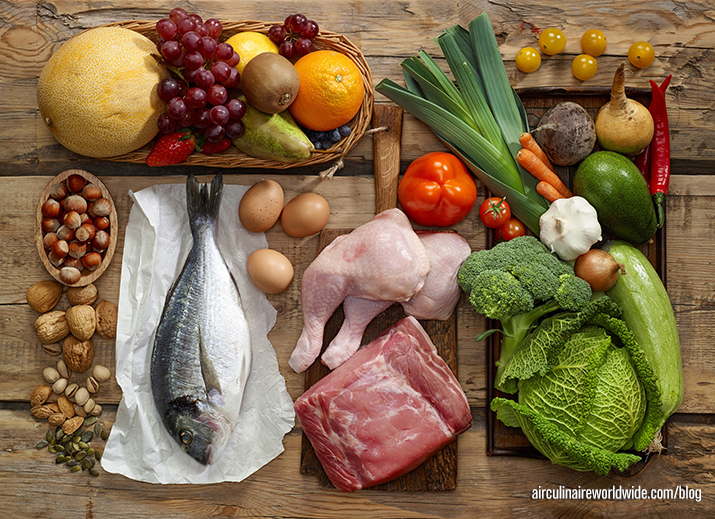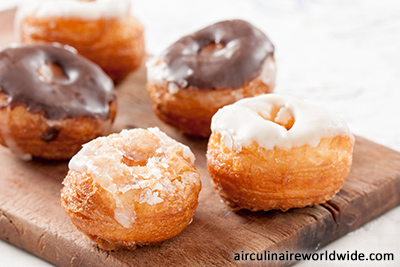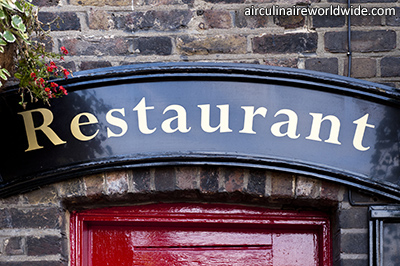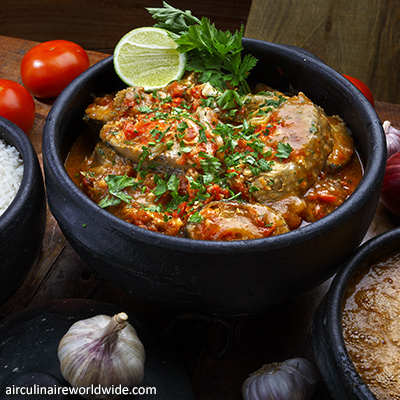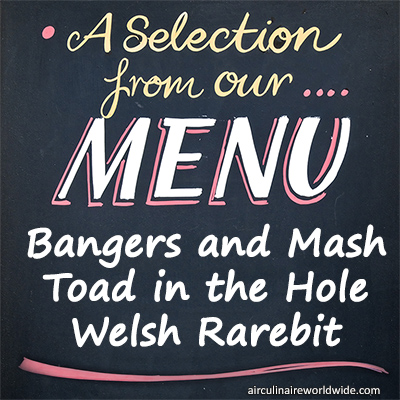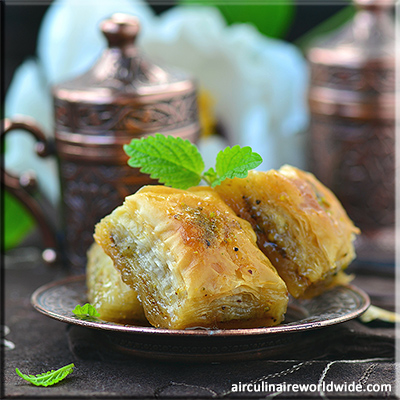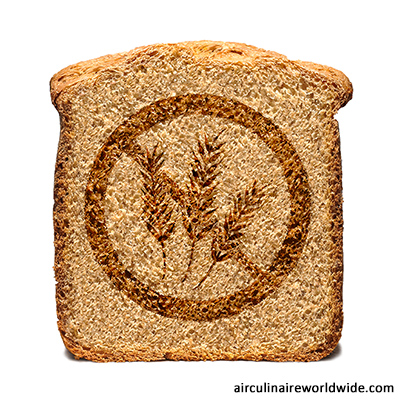I’d like to first mention that I believe most “diets” are ultimately a waste of time, effort, energy and, often, money; as they are usually temporary, not well followed and thought of as a quick fix that rarely works without a commitment to make a permanent change in the way you think and feel about nourishment and eating in general. That said, diets are probably here to stay as consumers around the world follow them! You probably have heard of the following diets: Paleo, Gluten-Free, High Protein, Atkins, Pritiken, The Zone, South Beach, Mediterranean, Vegan, Vegetarian and Raw Food.
As for the Paleo diet, it is the philosophy of avoiding processed food, and instead, eating whole foods. This is key to the diet and the benefits therein, to ultimate achieve optimal health and well being. The term “Paleo” takes inspiration from our Paleolithic era hunter-gatherer ancestors, the modern Paleo diet template centers around eating plenty of meat and vegetables while avoiding dairy, grains, refined sugar, alcohol and processed foods that, as a result of organized agriculture, were introduced to human diets after the Paleolithic period. The chart below summarizes the essence of the Paleo diet.
Green is Paleo good. Red is Paleo bad. Use anything shown in blue in moderation
| Meat (pasture-raised/grass-fed/wild) | Seafood (wild-caught/sustainable) | Eggs (from pasture-raised birds) |
| Vegetables (organic) | Fermented foods | Spices |
| Healthy Fats (like animal fats, olive oil, coconut oil, nut oils, | Avocados & Avocado Oil | |
| Sugar, artificial or processed sweeteners (including agave and stevia) | Grains and cereals (like wheat, corn, rice, and oats) | Legumes (including peanuts) |
| Highly-processed fats and oils (like vegetable oil, canola oil, safflower oil, and corn oil) | Alcohol & Dairy | ALL Processed foods |
| Natural sweeteners (like honey, coconut sugar, maple syrup, and maple sugar) | Fruit (organic) | Nuts (like cashews, almonds, walnuts, pecans, macadamia nuts, and pine nuts) |
| Seeds (like sesame seeds, poppy seeds, and sunflower seeds) | Starches (like arrowroot or tapioca, which come from nutrient-dense plants) |
Questions?
If you have any questions about this article or flight crew culinary training, contact me at sroberts@airculinaire.com. For questions about in-flight catering, contact weborders@airculinaire.com.
